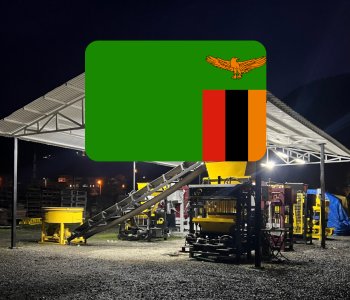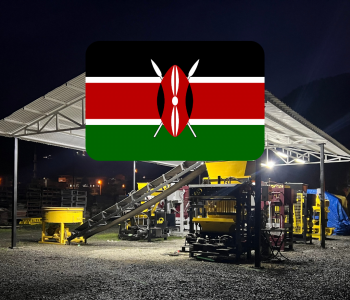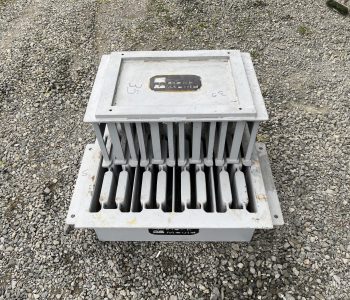Concrete Block Making Machine Equipment
Concrete block making machines are essential for producing various types of concrete blocks, which are widely used in construction. These machines facilitate the efficient mixing, molding, and curing of concrete, allowing for the production of a range of block types, including hollow blocks, solid blocks, curbstones, and paver blocks. The choice of equipment often depends on the scale of the facility.
Equipment Overview
- Concrete Mixer
- Description: A concrete mixer combines cement, aggregates, and water to produce a uniform concrete mix. The size and capacity of the mixer should match the production scale of the facility. For small operations, a manual mixer may suffice, while larger facilities typically require automatic mixers with higher capacities to meet production demands.
- Conveyor Belt
- Description: Conveyor belts transport raw materials to the mixer and move finished blocks to storage. The size and length of the conveyor system depend on the facility’s layout and the volume of production.
- Steel Molds
- Description: Steel molds are used to shape the mixed concrete into various block types, including hollow blocks, solid blocks, curbstones, and paver blocks. The design and dimensions of molds can vary based on the specific types of blocks produced and the scale of the facility. Larger operations may utilize specialized molds for high-volume production.
- Bunker
- Description: Bunkers store raw materials and can include underground bunkers for aggregates and weighing bunkers for precise measurement of materials. The scale and complexity of bunkers depend on the facility’s size. Larger facilities may require more extensive storage solutions to accommodate higher volumes of materials.
- Silo
- Description: Silos are used for the storage of bulk materials, particularly cement. The size and number of silos depend on the production scale of the facility. Larger operations may have multiple silos to ensure a steady supply of materials for continuous production.
- Wheel Barrow
- Description: Wheelbarrows are commonly used in smaller facilities for transporting materials and blocks. In larger operations, wheelbarrows may be replaced by forklifts or robotic systems to enhance efficiency and reduce manual labor, particularly in high-capacity environments.
- Pallets
- Description: Pallets are essential for transporting and storing concrete blocks after production. The size and type of pallets can vary based on the facility’s production scale. Larger facilities may require custom pallets designed to accommodate specific block dimensions and facilitate handling.
Conclusion
The equipment used in a concrete block making facility plays a crucial role in determining production efficiency and the quality of the final products. By selecting the appropriate machinery based on the scale of operations, facilities can optimize their processes and produce a diverse range of concrete block types to meet market demands.


